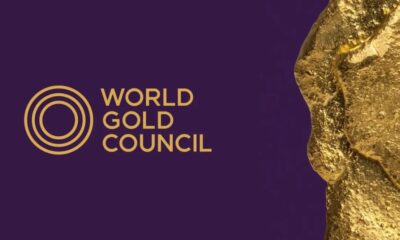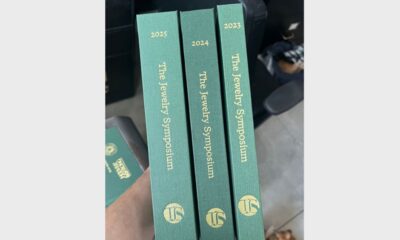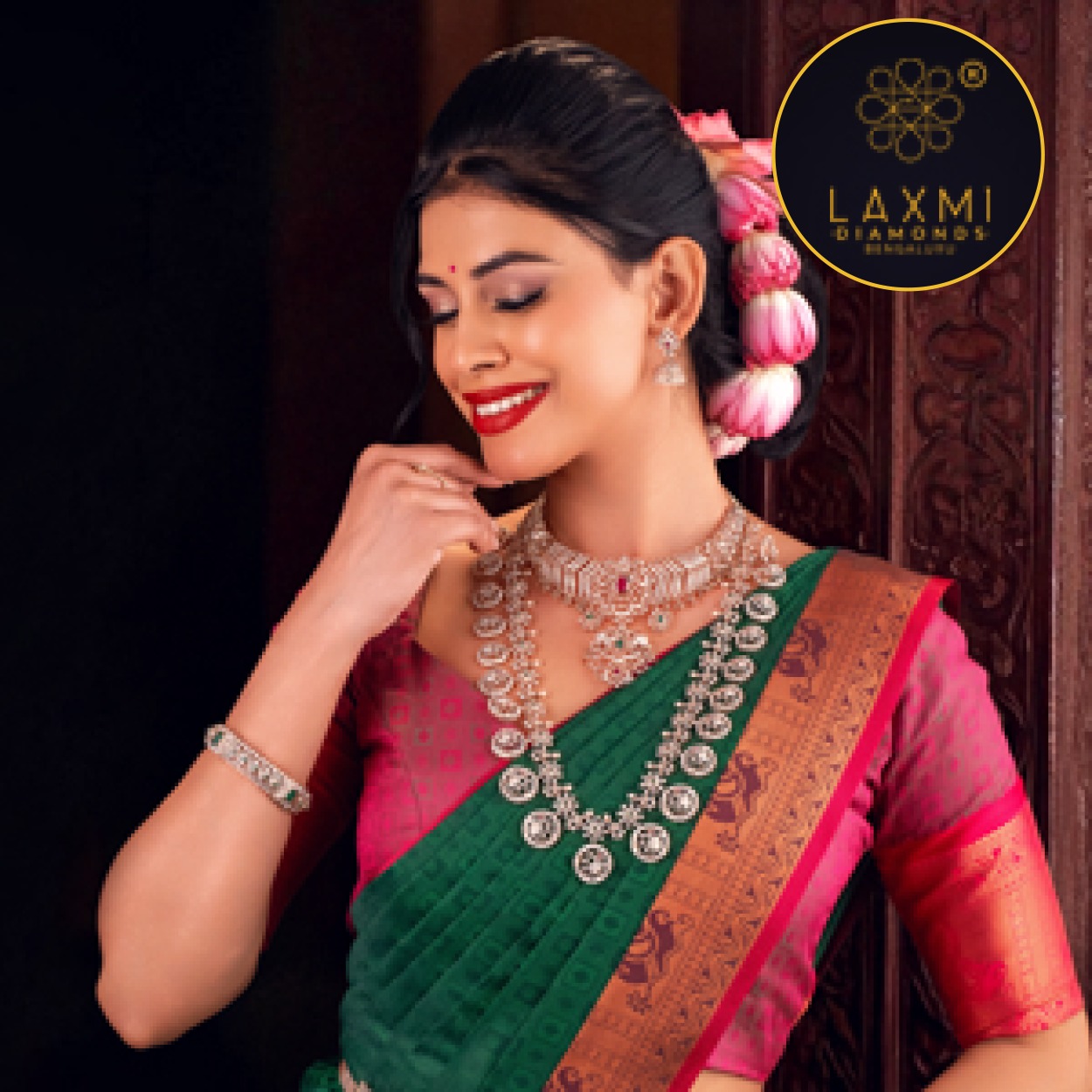TechBuzz
CAD Usage Among Indian Jewellery Manufacturers
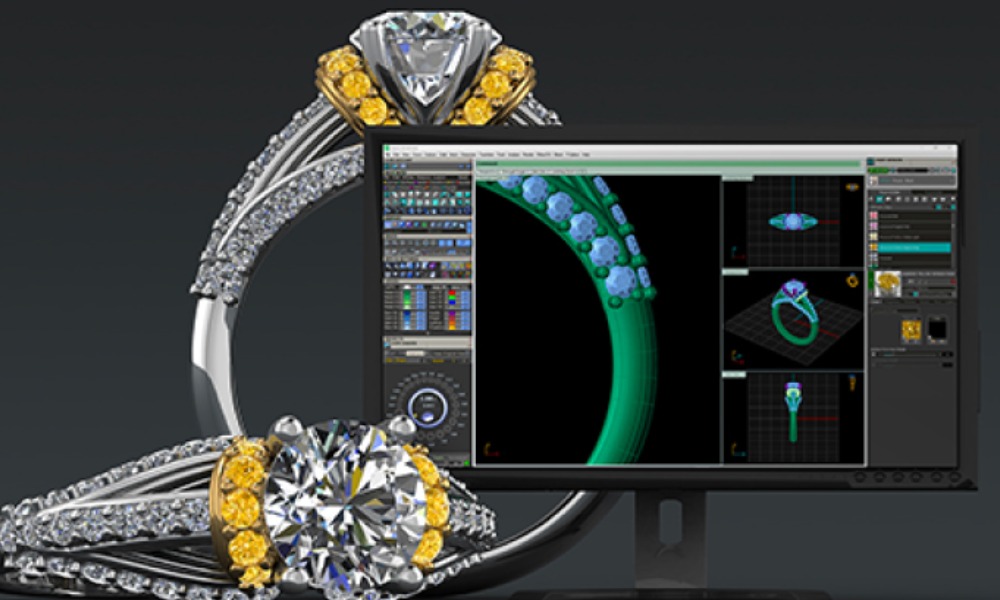
While there is no widely published recent study that gives a full quantitative breakdown of CAD adoption (in the style of “X% of manufacturers use CAD”) in India, several reports, articles and case-studies provide useful signals. Below are key findings, patterns, and gaps:
What the Data Shows
- Growing Use of CAD / CAM & Digital Tools
- Many manufacturers (especially medium to large exporters or those serving overseas markets) now use CAD software (e.g. MatrixGold, RhinoGold) as part of their design workflow.
- CAD is frequently combined with 3D printing or rapid prototyping for producing models before casting.
- Firms emphasise that CAD allows greater precision, fine detail, reduced waste of precious metal, and better finish.
- Variation by Firm Size, Export vs Domestic
- Larger, organised units / exporters are much more likely to invest in CAD/CAM, modern machinery, CNC, etc. Smaller artisanal workshops are slower to adopt.
- Some smaller design houses are using CAD for custom orders, or combining hand-craftsmanship with digital design tools to stay competitive.
- Manufacturing Landscape & Capacity
- The sector is still very fragmented: many small workshops, a large number of artisans / karigars, many informal units.
- Organised large-scale factories are increasing in number (from under 10% of units to around 15–20%), and such units are more likely to have capacity for CAD, CNC, modern casting, etc.
- Technology Levels and Process Adoption
- According to a cluster/technology mapping study (NCAER, 2019): among the “machine-made jewellery” segment, a non-trivial percentage of enterprises report using advanced tech for certain processes, including CAD designing as well as wax setting, laser welding, quality control etc.
- Many still rely on more “basic” or “average” technology for other parts of jewellery work, especially in semi-precious stones, traditional ornamentation, or handmade work.
- Software & Tools in Use
- Commonly mentioned design software in India include: MatrixGold, RhinoGold, Jewelry CAD Dream, ZBrush, AutoCAD, etc.
- Some manufacturers also report investing in 3D printers, CNC machines, laser machines, casting machines, etc.
TechBuzz
Modern Electrum™: A next-generation alloy redefining material choices in fine jewellery manufacturing
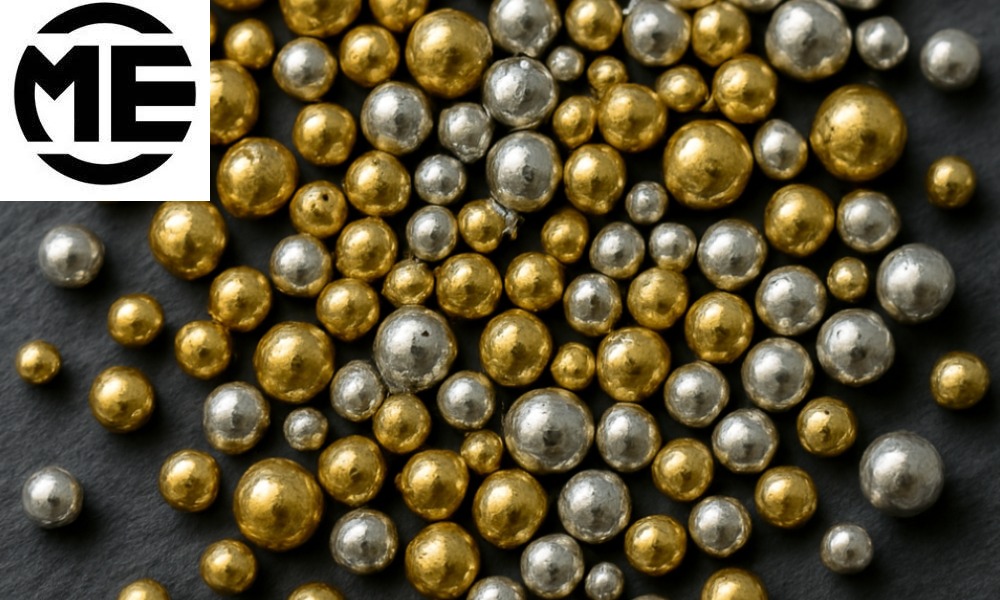
A breakthrough in precious metal innovation emerged at the 44th edition of Oroarezzo with the debut of Modern Electrum™, a next-generation alloy that could redefine material choices in fine jewellery manufacturing.
Jointly developed by Alessi Domenico S.p.A., Legor Group S.p.A., and Diamonds de Canada, Modern Electrum™ represents a strategic collaboration between Italian metallurgy expertise and international jewellery innovation. The alloy is a 21st-century reinterpretation of electrum, the ancient naturally occurring blend of gold and silver that once symbolized opulence in early civilizations.
Key Attributes and Advantages
Modern Electrum™ combines luxury aesthetics with advanced functionality.
- Luxurious appearance: The alloy retains the warm, rich tone associated with gold while offering a contemporary metallic luster.
- Hypoallergenic properties: Engineered to meet modern skin-safety standards, it ensures comfort and compatibility for sensitive wearers.
- High resistance to oxidation: Its stable composition reduces tarnishing, preserving brilliance over time and reducing maintenance costs.
- Cost efficiency: By offering the visual appeal and performance of gold at a lower price point per ounce, Modern Electrum™ provides jewellers with a commercially viable alternative amid soaring gold prices.
Industry Significance
Developed through extensive research and development by Legor Group, a global leader in metals science, Modern Electrum™ underscores Italy’s continued leadership in metallurgical innovation. For Alessi Domenico S.p.A., a fourth-generation Italian jewellery manufacturer, the alloy represents a commitment to advancing traditional craftsmanship through technological progress.
The introduction of Modern Electrum™ comes at a time when manufacturers are seeking cost-effective, sustainable, and design-flexible materials to meet evolving consumer demand. It offers potential for broad adoption across both fine and fashion jewellery segments, especially for brands aiming to balance aesthetic excellence with price sensitivity.
Market Outlook
While the alloy’s long-term market performance remains to be seen, early industry response has been positive. Analysts suggest that Modern Electrum™ could open new opportunities for mid-tier luxury and bespoke brands, particularly in markets affected by volatility in gold and silver prices.
If successfully adopted, Modern Electrum™ may mark a turning point in the modern jewellery materials landscape, combining Italian artistry, scientific precision, and economic practicality to shape the future of luxury metal design.
-
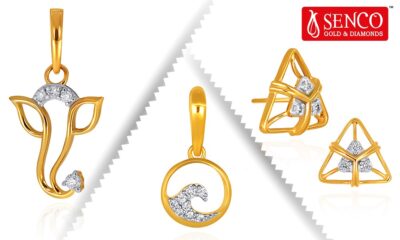
 National News1 week ago
National News1 week agoSenco Gold & Diamonds launches affordable 9k gold jewellery starting under ₹7,000, a Game-changer amid fluctuating gold prices this Dhanteras
-

 National News4 hours ago
National News4 hours agoGold loan NBFC stocks face pressure as gold prices decline
-

 JB Insights1 week ago
JB Insights1 week agoJewellery industry optimistic despite rising gold prices
-
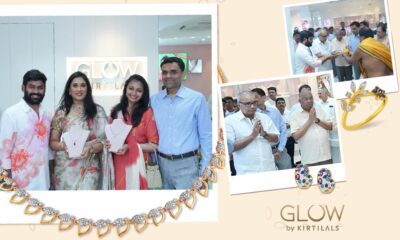
 New Premises6 hours ago
New Premises6 hours agoGlow by Kirtilals Expands Footprint with Grand Opening of New Showroom on MG Road, Vijayawada




